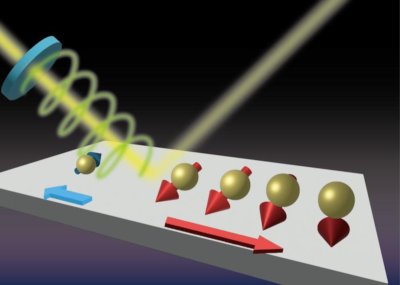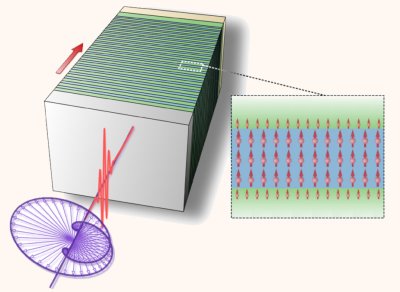Researchers observe quantum spin pumping at room temperature
A joint research team, led by Professor Jeong Myung-hwa from Sogang University and Professors Lee Kyung-jin and Kim Gap-jin from the Korea Advanced Institute of Science and Technology (KAIST), has captured, for the first time, the phenomenon of quantum mechanical spin pumping occurring at room temperature.
With charge current, as current flows, electrons collide with atoms inside the material, generating heat and increasing energy consumption. This lowers the efficiency of current generation. To address this, researchers worldwide are conducting studies on creating electronic devices using spin current. The research team focused on the spin pumping phenomenon where spin moves from a ferromagnet to a non-magnetic material due to precession.

